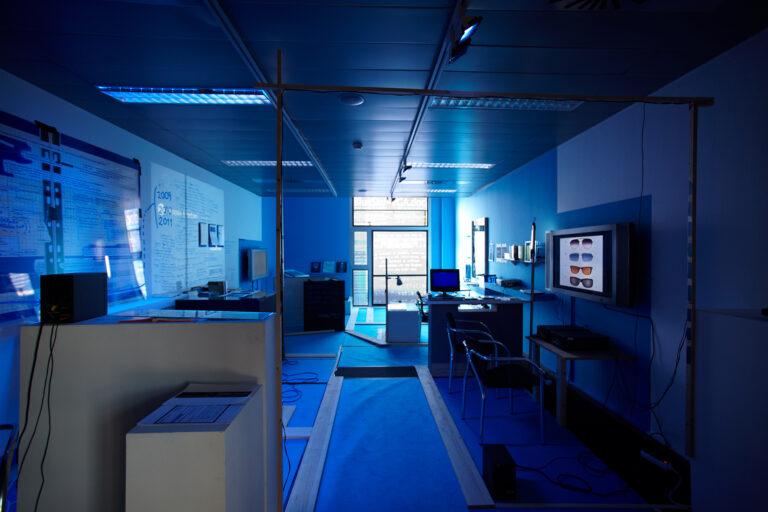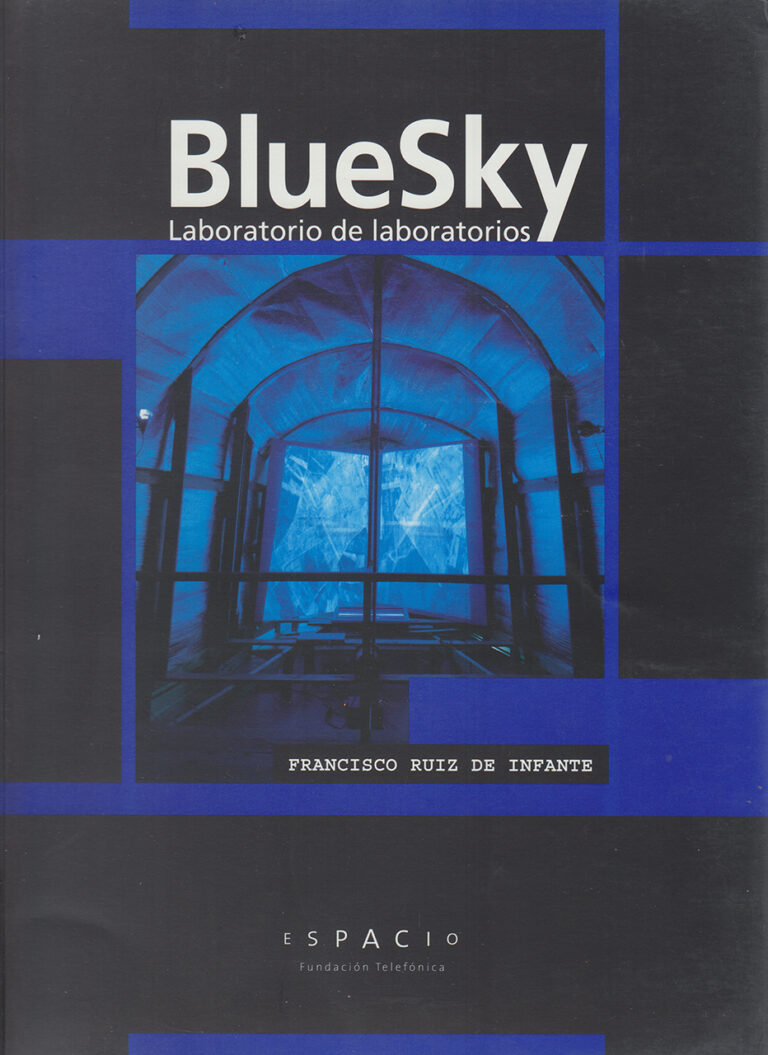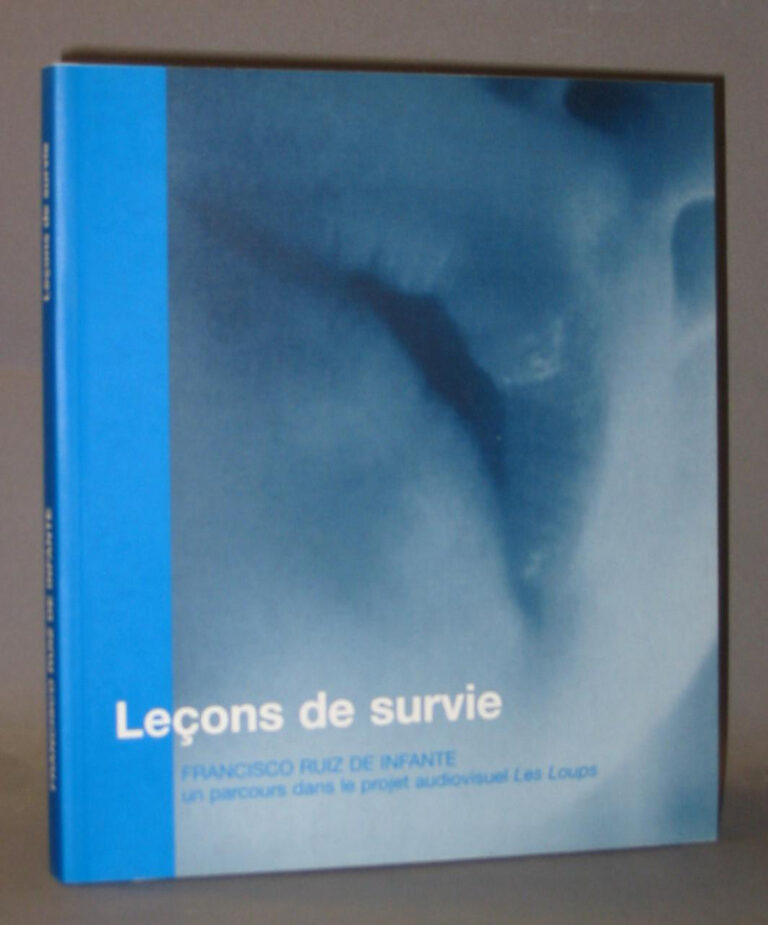Vitoria-Gasteiz, Spain, 1966
Lives and works between Auberive, Paris and Strasbourg, France
Francisco Ruiz de Infante combines images, texts, sounds and objects into complex multi-media installations that embed advanced audio-visual technology into rough-hewn sculptural materials (and vice-versa), while at the same time infusing a rigorous conceptual framework with a light-handed poetic sensibility.
Often created in situ and ephemeral in nature, Ruiz de Infante’s work is characterized by a do-it-yourself aesthetic in which forces of construction and destruction operate simultaneously, giving rise to environments that appear to be unfinished while simultaneously already in a state of ruin. Although often seemingly precarious and fragile, Ruiz de Infante’s installations are in fact carefully orchestrated assemblages that function like three-dimensional drawings or diagrams, becoming de facto stage settings that deftly transform spectators from passive viewers to active participants, and in the process subtly raising questions of individuality, choice and conscience.
Ruiz de Infante’s videos tend to be hypnotic and visually poetic, achieving their particular visual power through techniques of litany-like repetition, non-narrative structures and simple optical effects that often recall the 20th-century tradition of experimental cinema.
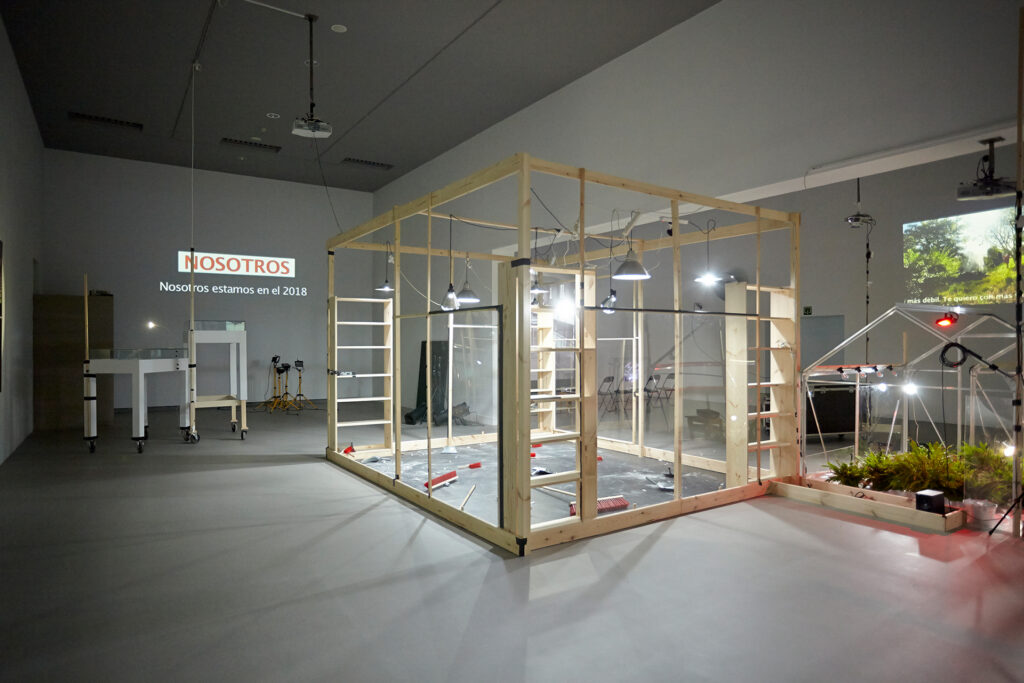
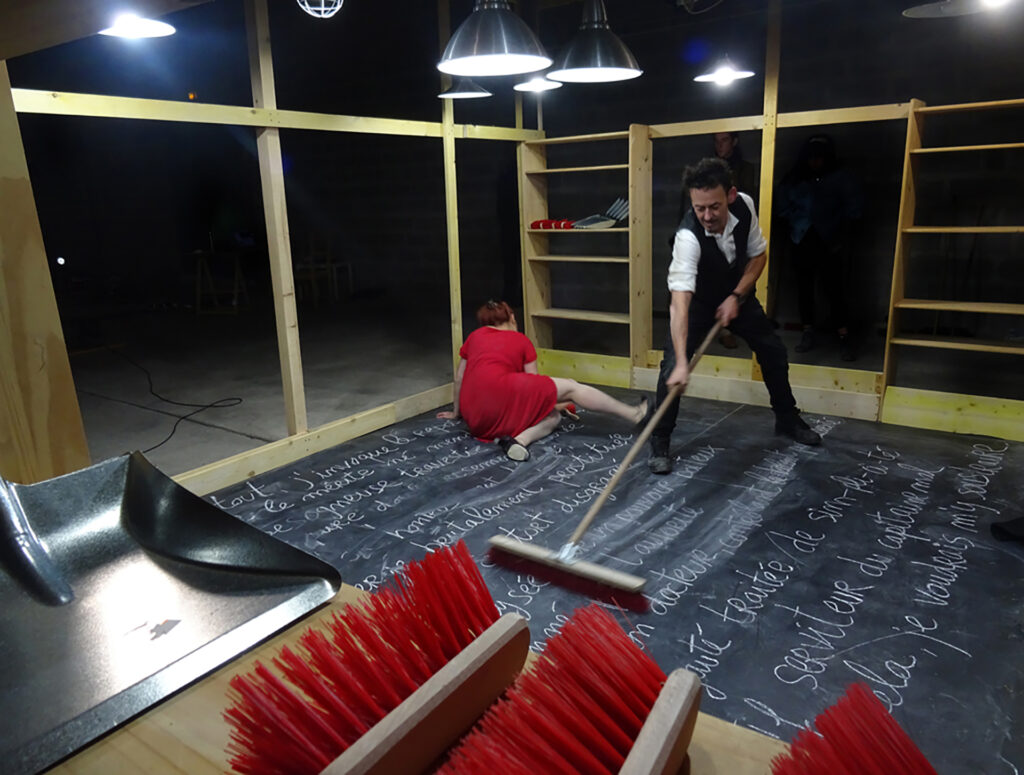
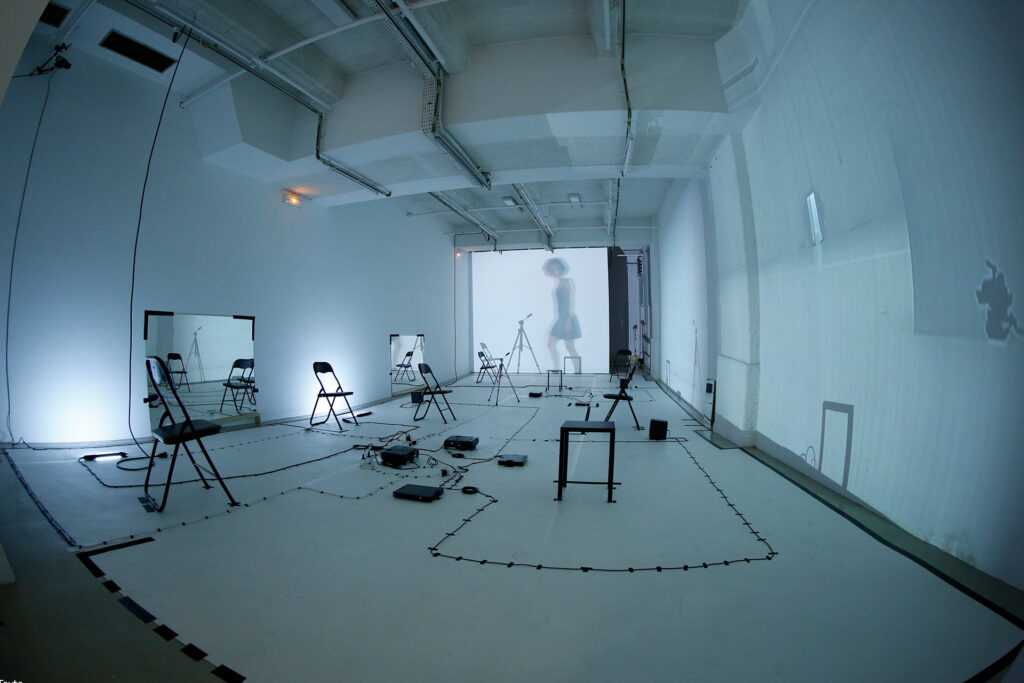
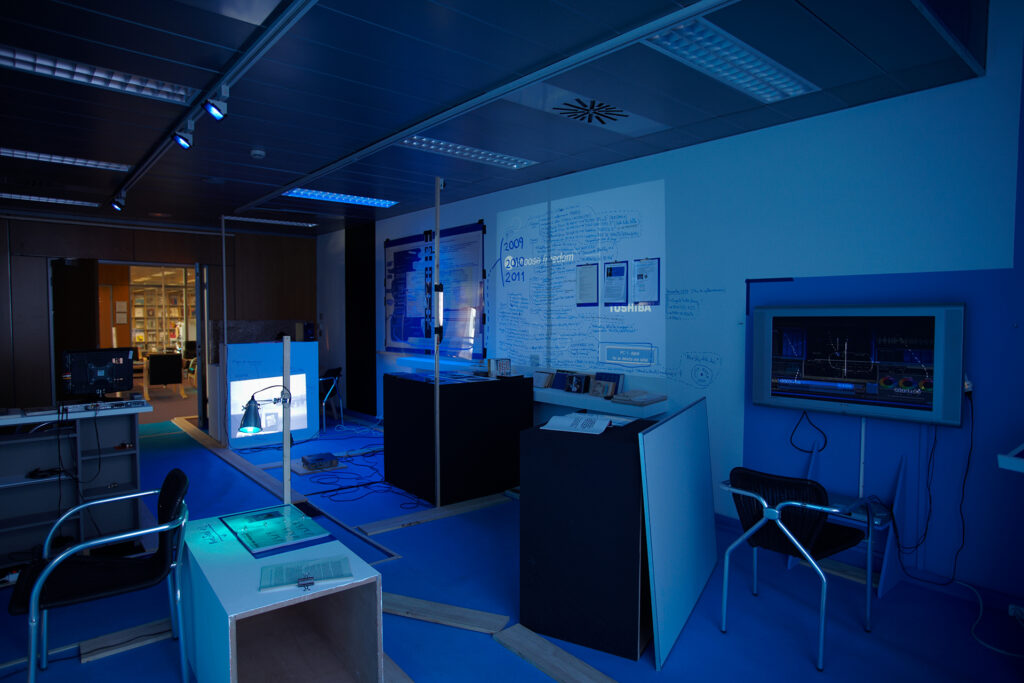
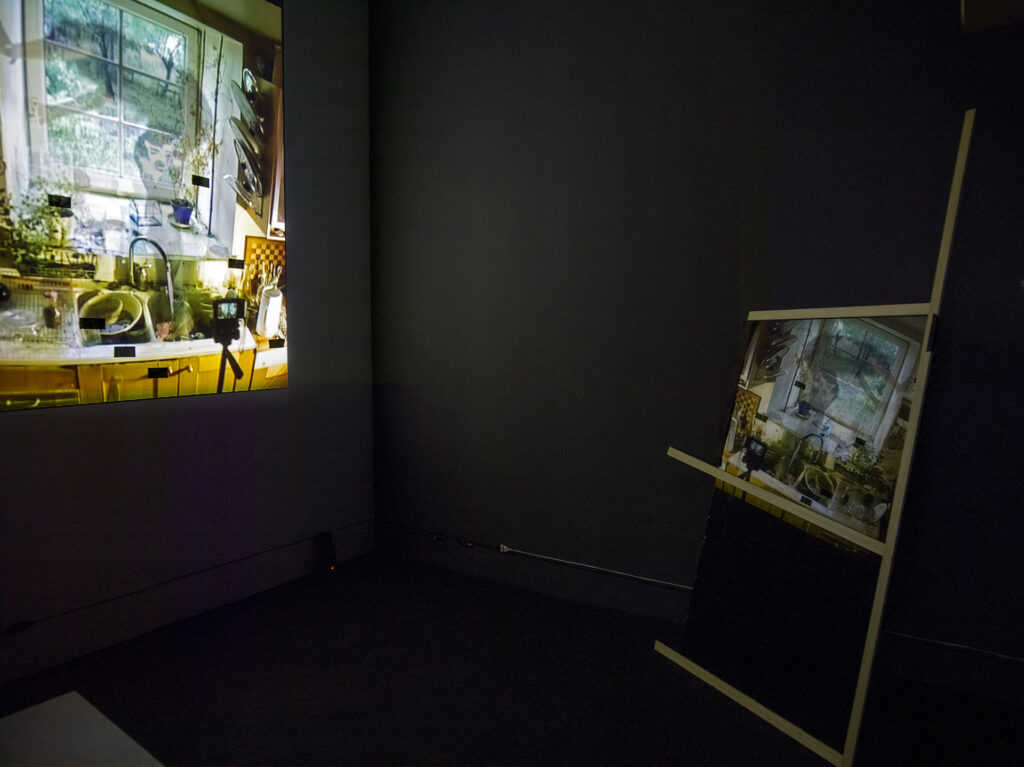
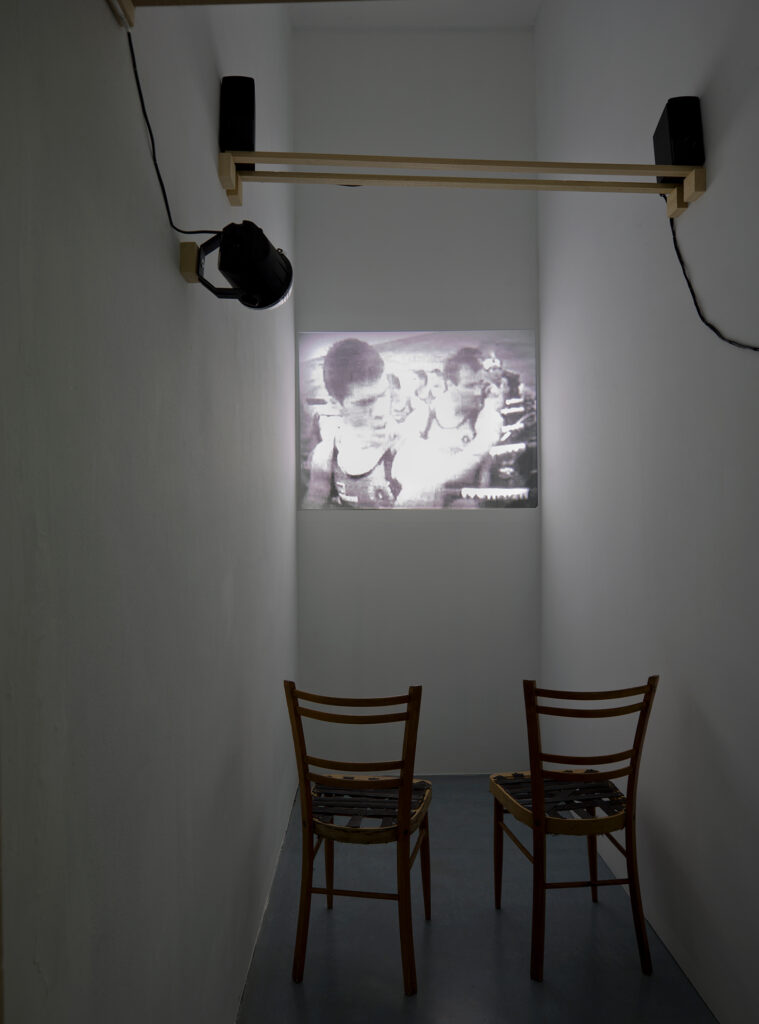
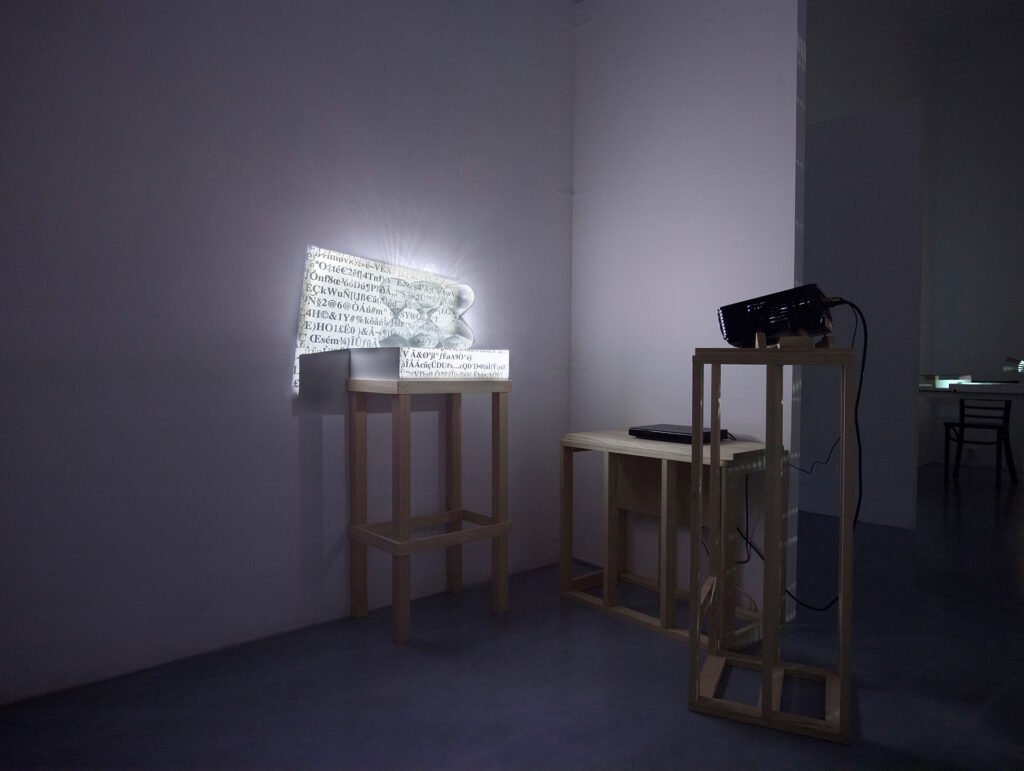
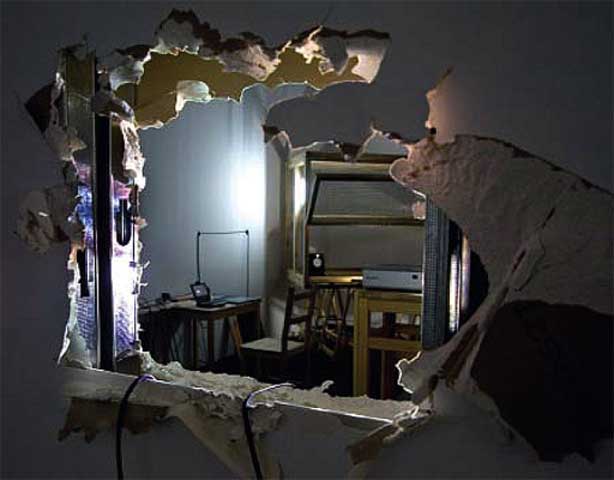
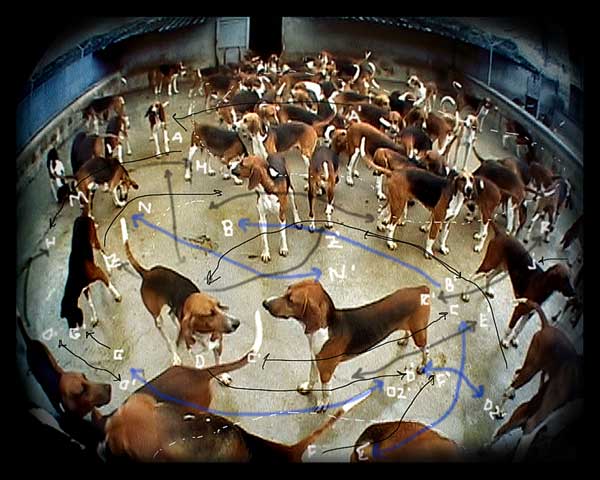


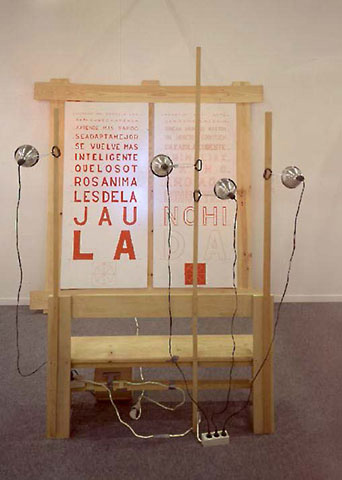
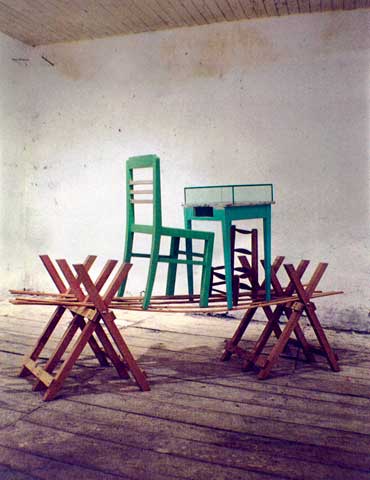
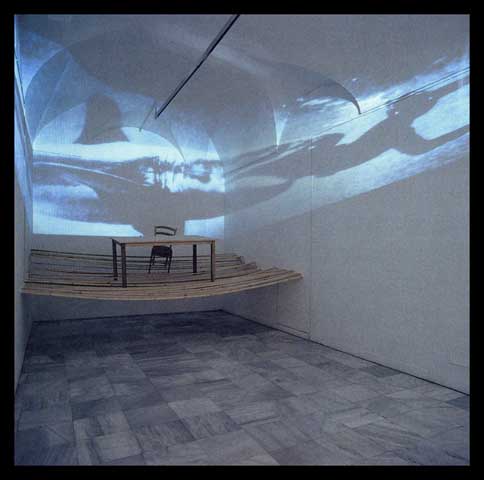

Institutional Exhibitions
-
2018Tabacalera Promoción del Arte, Madrid, Spain. CARMEN // SHAKESPEARE: Presagios del deseoThe global project CARMEN // SHAKESPEARE (2012-2018) is the result of a dialogue between two artists who wish to establish the crossbreeding of various artistic territories to compose a multifaceted object that generates stories: A contemporary opera? Confronting the sonority of Shakespeare's Sonnets of Love with the passion contained in Bizet's opera Carmen, the Infante-Mesa duo proposes a "baroque" force (in the strict sense of the term): the force of an imperfect pearl that, revolving around the theme of desire, it provokes, reflects and makes explicit some knots. The exhibition experience Omens of Desire stirs the energies developed by these two artists in recent years, creating gateways between the performing, plastic, literary and audiovisual arts. She addresses issues around love and human relationships as they are amplified, muzzled, clouded, or even generated by technology. The exhibition builds a great mythical, poetic and everyday story that places the viewer at the epicenter of a "battlefield" in motion.

-
2018Artium, Centro-Museo Vasco de Arte Contemporáneo, Vitoria-Gasteiz, Spain. Carmen // Shakespeare: Presagios del deseoThe Carmen // Shakespeare project is the result of a dialogue between two artists, Francisco Ruiz de Infante y Olga Mesa, aiming to establish a mix of various artistic territories in order to shape a multifaceted object that can generate stories: a contemporary opera? Confronting the sonority of Shakespeare’s Love Sonnets with the passion found in the opera Carmen by Bizet, the duo of Infante-Mesa proposes a “baroque” force (in the true sense of the word): the force of an imperfect pearl that, revolving around the subject of desire, provokes, reflects and makes some knots explicit. The artists are presenting a global vision of this puzzle in Artium. Thus, the Carmen // Shakespeare: Omens of Desire exhibition stirs up accumulated energies by establishing bridges between the performing, plastic, literary and audiovisual arts.
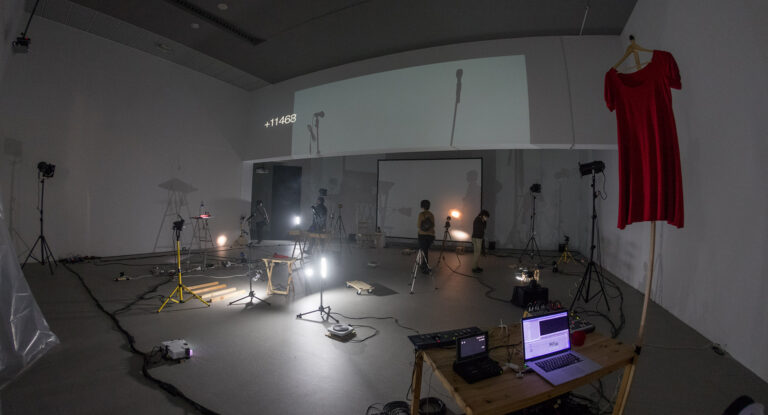
-
2011Artium Centro-Museo Vasco de Arte Contemporáneo, Vitoria-Gasteiz, Spain. BlueSky / Silver I (incrustraciones)BlueSky evolved in parallel with “Tronco ecosistemas”, but it soon separated from this project and acquired its own entity. Francisco Ruiz de Infante explains that the theme of this project is self-motivation, the need to believe in things that we know do not exist, in order to stimulate ourselves. The blue of the sky is a metaphor that represents this idea. We all know that the blue of the sky is just an optical effect produced by sunlight, but nevertheless, we assume that blue is its color, and we do not hesitate to give that answer if asked about it. Once again, the project was made up of different actions: installations, videos, performances, exhibitions, talks and conferences or the Internet. Once again, the collaboration of artists from other disciplines, especially choreographers, was essential to develop many of these actions.
